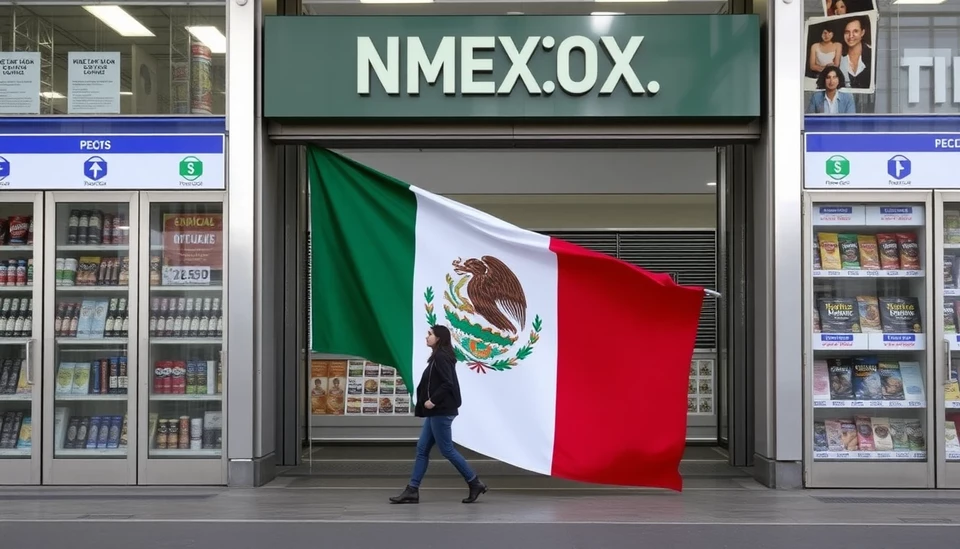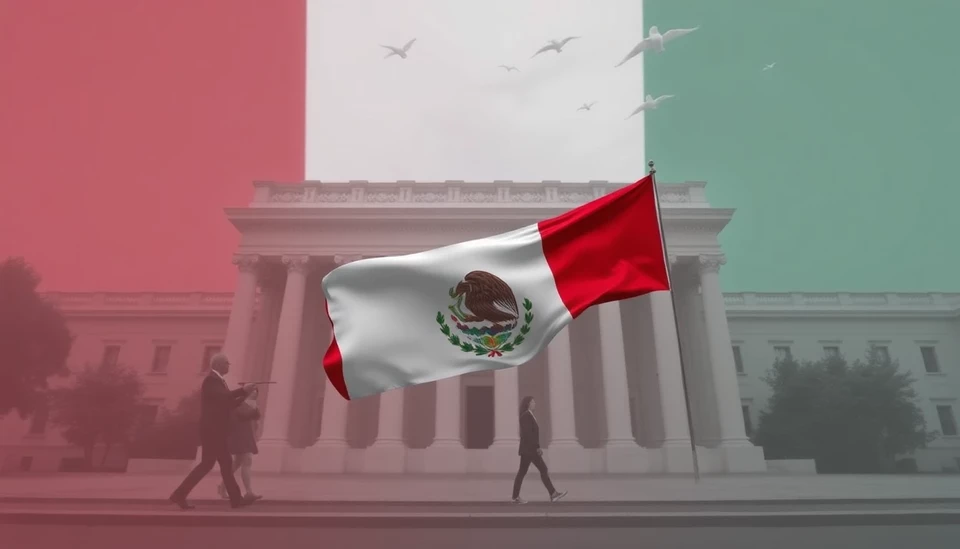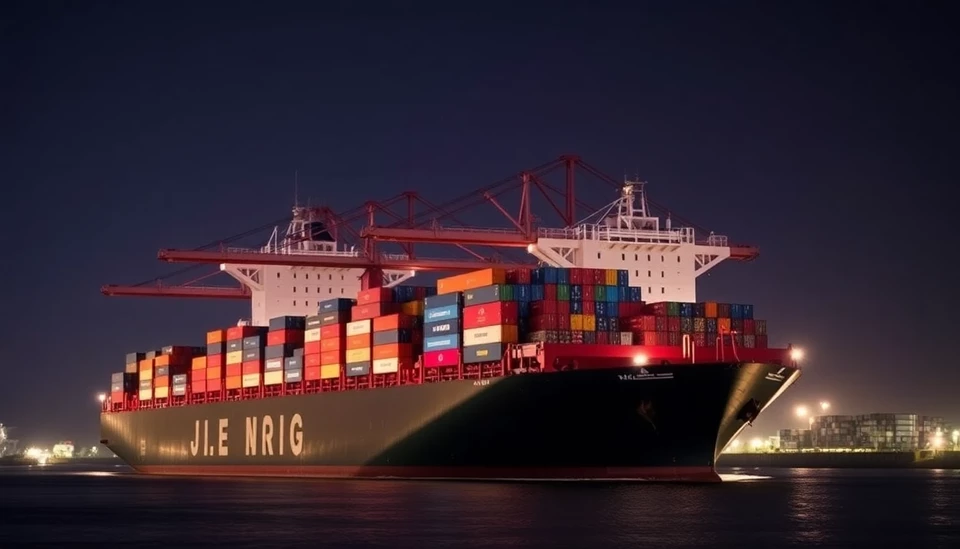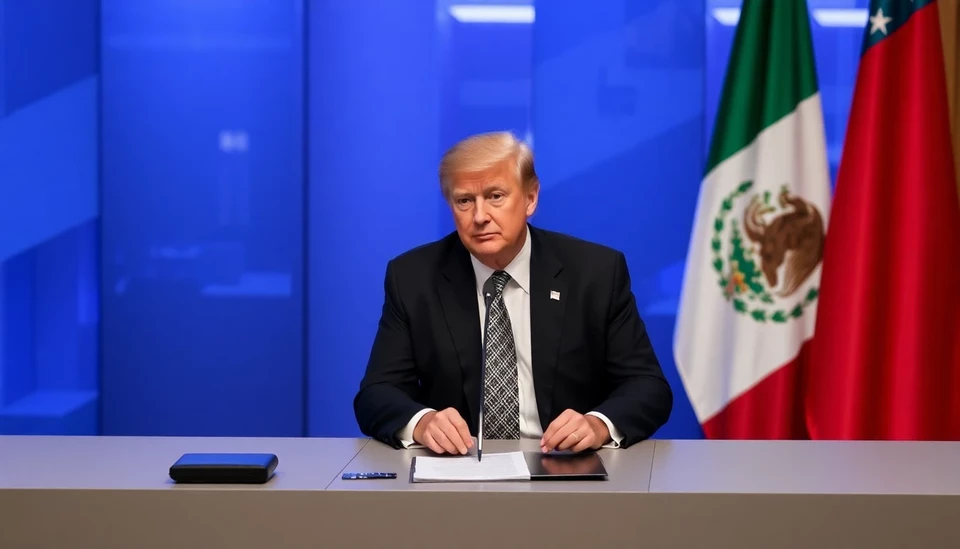
In an unexpected turn of events, Mexico has recorded a substantial slowdown in its inflation rate, surpassing analysts' forecasts just before the anticipated decision by the Bank of Mexico on interest rates. The annual inflation rate for December declined to 4.95%, a noticeable drop from November's 5.35%. This change has sparked discussions regarding the central bank's monetary policy and potential implications for the economic landscape in the coming months.
The latest report from the national statistics agency reveals that the decrease in inflation is attributed to a fall in the prices of essential goods. Notably, transportation costs and food prices, which have faced significant volatility in recent months, displayed a notable drop, contributing to the easing inflationary pressures. Specifically, consumer prices in December edged up by only 0.12% from the previous month—less than half of the expected increase, showcasing a more stable economic environment.
Economists had projected a slow drop in inflation, with estimates hovering around 5.05% for December. However, the actual figure has led many analysts to reconsider their projections for the coming months, particularly in light of the central bank's next monetary policy meeting scheduled for the end of January. Industry observers are now speculating that this unexpected slowdown might embolden the bank to pause its ongoing cycle of interest rate hikes, which have been implemented in response to rising inflationary pressures over the past year.
As inflation continues to cool, it raises hopes for consumers and businesses alike, solidifying expectations of improved purchasing power. The central bank's previous stance emphasized the ongoing commitment to control inflation rates and stabilize the economy, leaving many now eagerly awaiting possible policy shifts that could offer some relief to borrowers and stimulate economic growth.
In the broader context, Mexico, like many countries around the globe, has been grappling with inflationary pressures exacerbated by supply chain disruptions, geopolitical tensions, and fluctuating commodity prices. However, the recent data provides a glimmer of optimism that the worst may be behind us, prompting discussions about how this may influence not only domestic economic conditions but also Mexico’s role in the global economic landscape.
As we lead up to the Bank of Mexico's interest rate decision, market participants remain attentive, weighing the immediate effects on financial markets and the long-term implications for monetary policy in Mexico. The outcomes of this decision could not only shape the trajectory of inflation in the country but could also ripple through the economies of neighboring nations, further emphasizing Mexico's interconnectedness in the North American region.
As the financial world keeps a close watch on Mexico's economic indicators, the focus will undoubtedly remain on how policymakers strike a balance between fostering growth and maintaining price stability amidst shifting global dynamics.
Stay tuned for updates as the situation evolves, including insights from the upcoming interest rate meeting and projections for 2025 and beyond.
#Mexico #Inflation #MonetaryPolicy #BankofMexico #Economy #InterestRates #FinancialNews #Economics
Author: Rachel Greene




